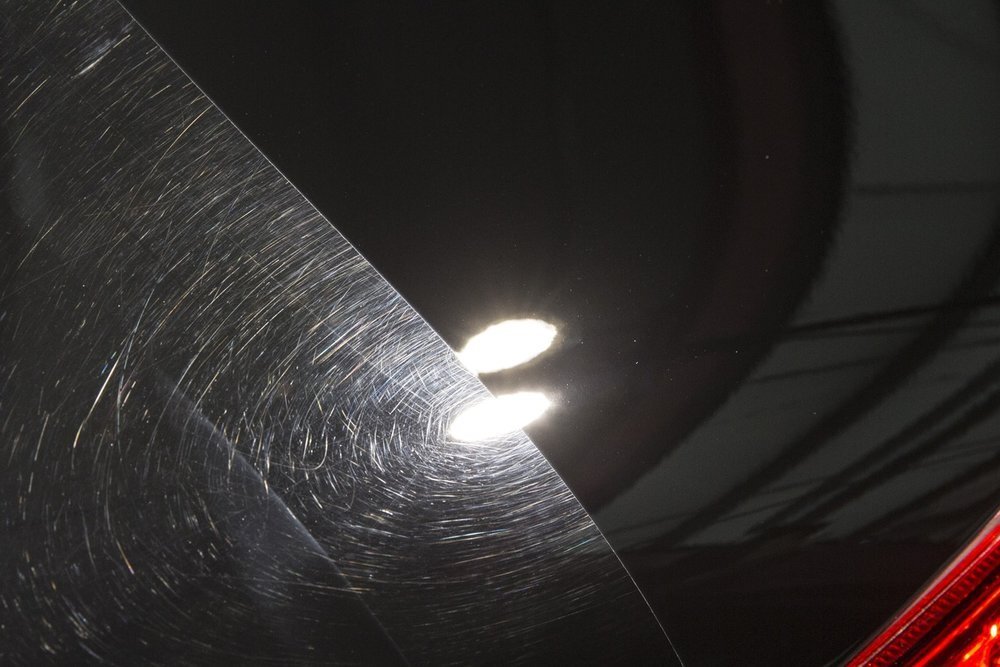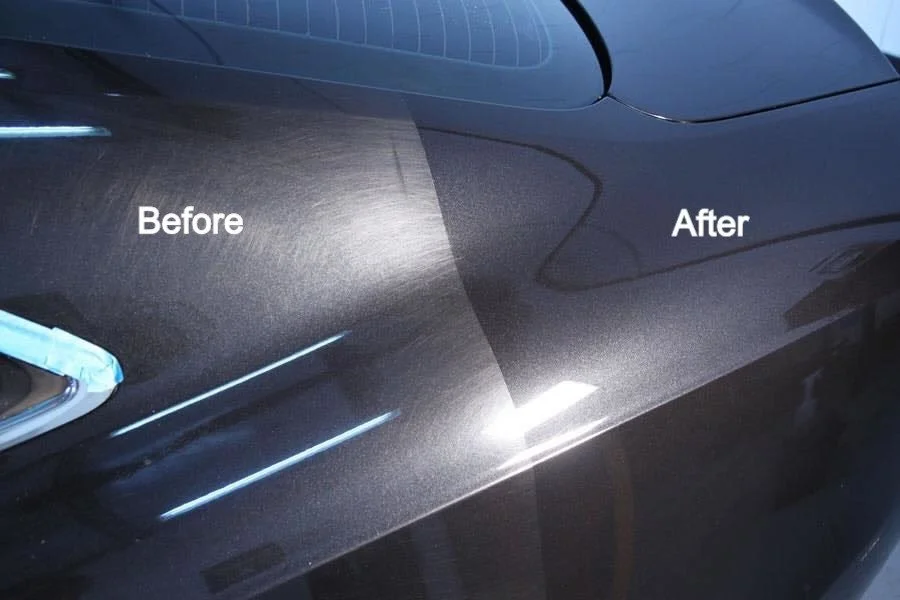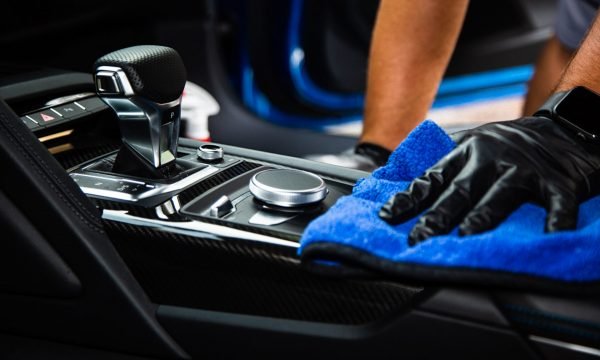
2-step paint
correction
Pricing
$150
Benefits
Opting for a 2-step paint correction ensures a more comprehensive restoration of the vehicle's paint, leading to superior aesthetics and protection.
-
The 2-step process allows for a more refined finish by first removing deeper imperfections with a more aggressive compound and then polishing the paint to a high gloss in the second step.
-
A 2-step correction is more effective at eliminating a wider range of paint imperfections, such as swirl marks, scratches, and oxidation, resulting in a smoother and more uniform surface.
-
The additional polishing step in a 2-step correction enhances the depth and clarity of the paint, resulting in a more vibrant and mirror-like finish.
-
A vehicle that has undergone a thorough 2-step paint correction is likely to have a higher resale value due to the improved appearance and condition of the paintwork.
-
A properly corrected surface ensures that any protective coatings, such as ceramic coatings, adhere better and perform more effectively, providing superior protection for the paint.

Choosing between a 1-step and 2-step paint correction
1-Step Paint Correction
-
Vehicles with light paint imperfections that haven't deeply penetrated the clear coat. This service is perfect if your car has:
Minor swirl marks
Light oxidation
Fine scratches that are not felt with a fingernail
A dull finish that needs enhancing
-
Restores shine and gloss to the paint
Removes light surface imperfections
Less time-consuming and more cost-effective than a 2-step correction
Suitable for newer vehicles or well-maintained paintwork requiring minimal correction
-
May not fully remove deeper scratches or defects
Not suitable for cars with severe oxidation or paint damage
2-Step Paint Correction
-
Vehicles with moderate to heavy paint imperfections, including those that have gone through years of wear and tear without proper maintenance. Opt for this service if your car has:
Deep swirl marks and scratches that can be felt with a fingernail
Severe oxidation and faded paint
Etching from bird droppings, tree sap, or water spots that doesn't come off with regular washing
Paint that looks dull and lacks depth even after a wash
-
Significantly improves the vehicle's appearance by restoring depth, gloss, and clarity to the paint
Removes a wide range of imperfections, including deeper scratches and swirls
Prolongs the life of the paint by removing more substantial defects that can worsen over time
-
More time-consuming and costlier due to the extensive work involved
May not be necessary for newer vehicles or those with minimal imperfections
When Making Your Decision
-
Carefully inspect your vehicle's paint under good lighting. Look for the depth and extent of the imperfections.
-
Older or classic cars with significant sentimental or monetary value might warrant the investment in a 2-step correction.
-
Balance your budget with your expectations for the finish. If you seek perfection and your vehicle has significant imperfections, a 2-step correction is likely the better choice.
What can be buffed out
-
Fine scratches in the paint that usually result from washing or drying with dirty cloths.
-
Dullness and fading of the paint due to exposure to the sun and elements.
-
Shallow etching caused by mineral deposits from water that can be polished out.
-
A dull haze on the paint surface often caused by improper washing or previous abrasive detailing.
What can’t be buffed out
-
Small areas where rocks or debris have removed the paint entirely.
-
Scratches that penetrate through the clear coat and into the paint or primer cannot be fully removed with paint correction and may require touch-up paint or repainting.
-
Heavy oxidation where the clear coat has failed completely, often requiring a repaint.
-
Water spots that have accumulated over several years can cause permanent damage as the minerals deeply etch into the clear coat. In such cases, simple polishing may not suffice; more intensive measures like wet sanding or reapplying the clear coat may be necessary to restore the paint's integrity.
Add-Ons











